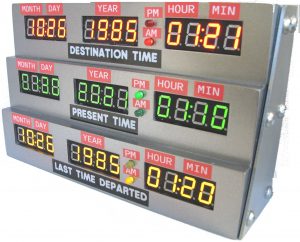My good comrade John Shovic over at SwitchDoc Labs has been very busy. As you may know, John is a high-energy, fun loving Maker, who specializes in designing electronic components and DIY kits for the Raspberry Pi. He is a very talented electronic engineer and educator. All of his projects are open sourced.
I was one of 151 backers who supported his SkyWeather2 KickStarter project late last year. SkyWeather2 is a major upgrade to the original SkyWeather project. I received the kit a couple of weeks ago, and finally found time to assemble it.
SkyWeather2 WeatherRack Sensor Array
The SkyWeather2 system uses a 433MHz radio signal to transmit sensor data. This is the same radio band used in garage door openers, remote control devices, baby monitors, etc. The kit comes with an SDR USB dongle receiver with an antenna. This captures sensor data from the WeatherRack and the indoor temperature/humidity sensor included in the kit.
Since I purchased the kit version, I had to 3D print the base unit components and purchase some additional hardware (screws, O-rings, standoffs, etc.). I also had to figure out how to install the required software because I did not want to take the ‘easy’ route by purchasing the already configured SD Card.
My SkyWeather2 system is up and running and it works great. I will have more to say about this unique, useful, and fun gadget. Stay tuned.



